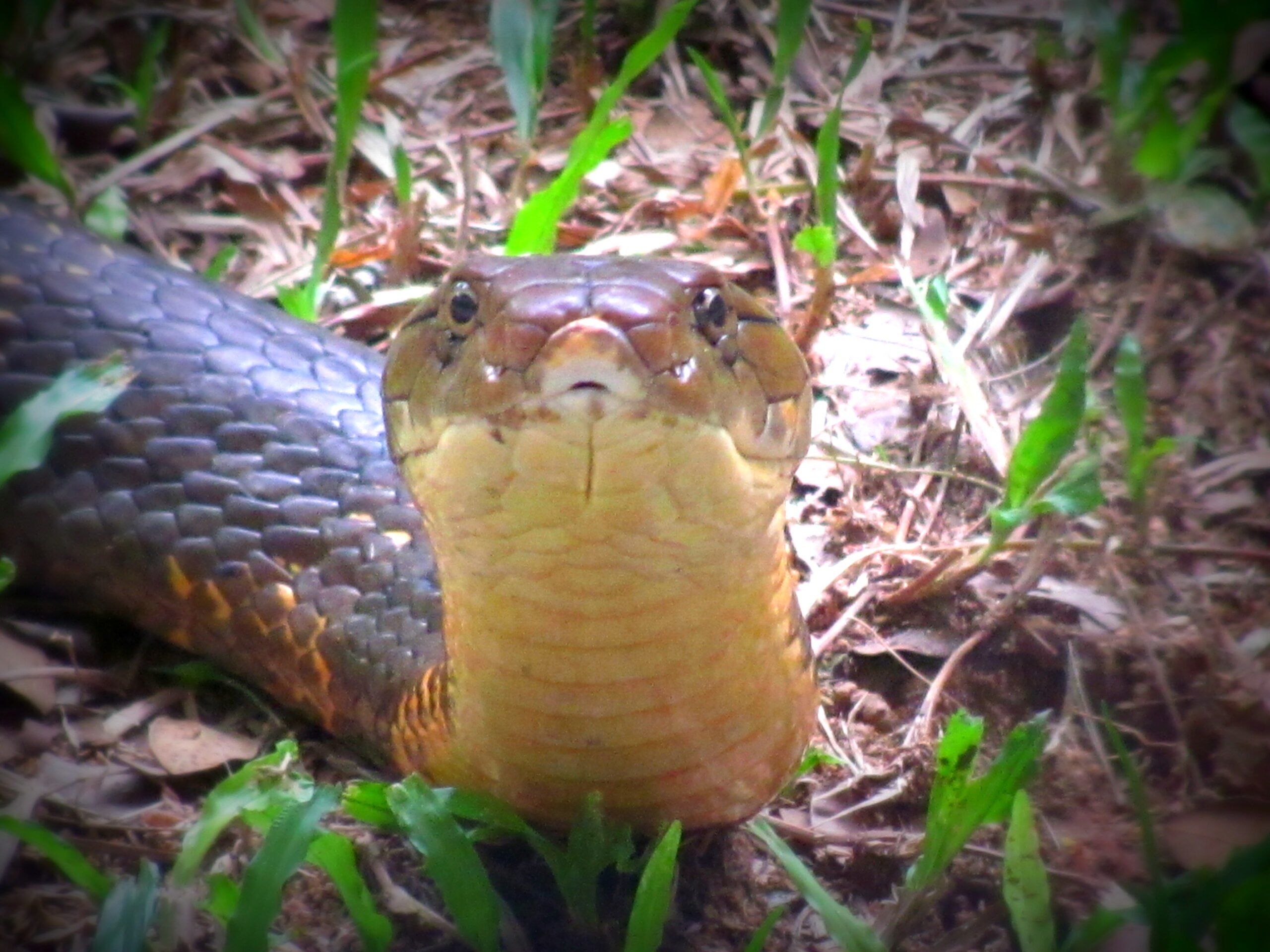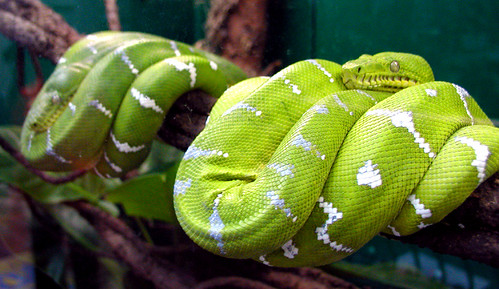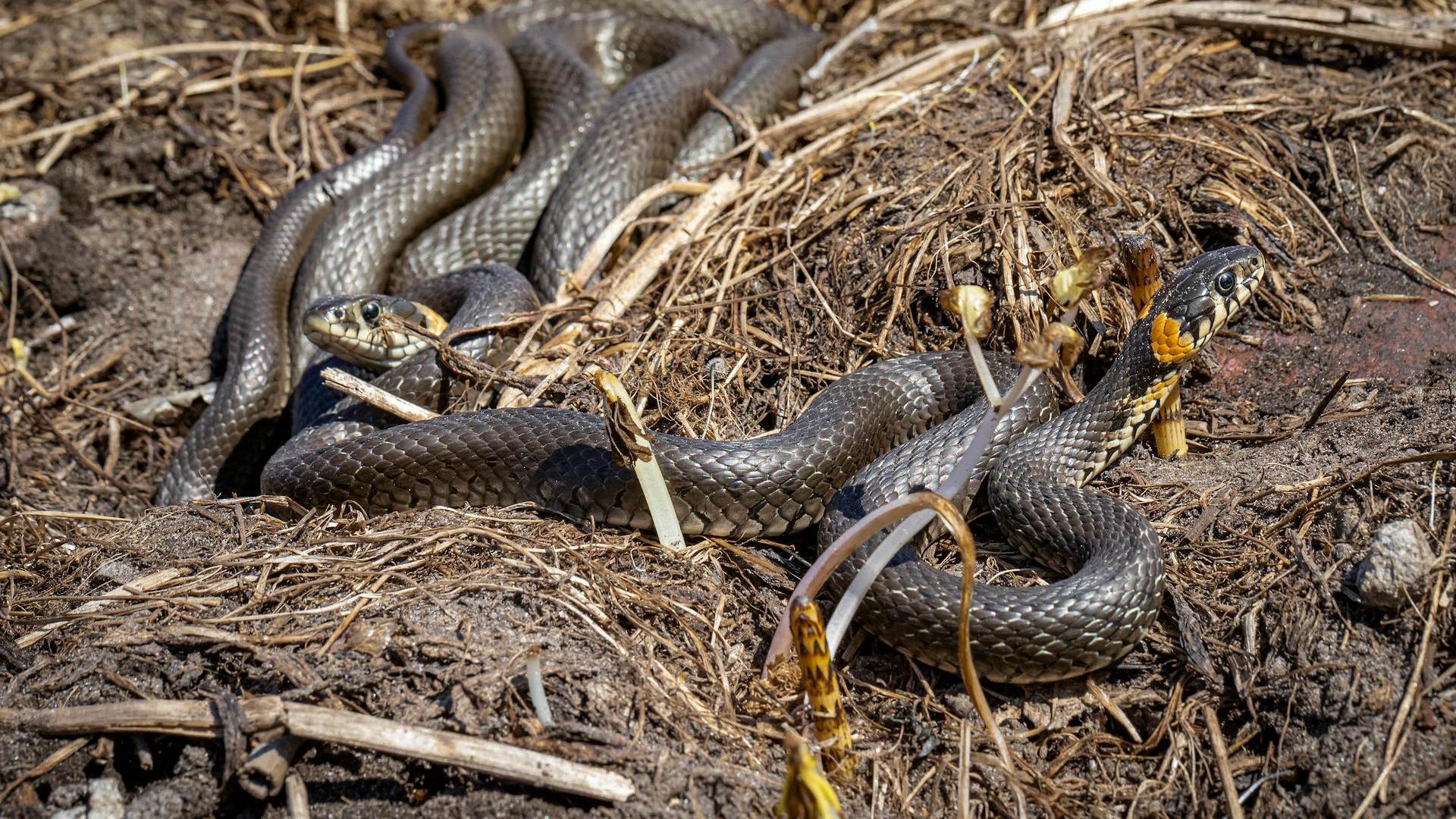In the shadowy undergrowth of Southeast Asian forests stalks one of nature’s most formidable predators—the king cobra (Ophiophagus hannah). Unlike typical snakes that prey on mammals, birds, or amphibians, this remarkable reptile has evolved with a specialized diet that targets other snakes, earning it the Greek-derived scientific name meaning “snake eater.” With venom potent enough to kill an elephant and the distinction of being the world’s longest venomous snake, the king cobra commands respect throughout its range. This apex predator’s unique hunting strategies, defensive behaviors, and ecological significance make it one of the most fascinating yet misunderstood creatures in the reptile kingdom.
The Majestic Dimensions of the King Cobra
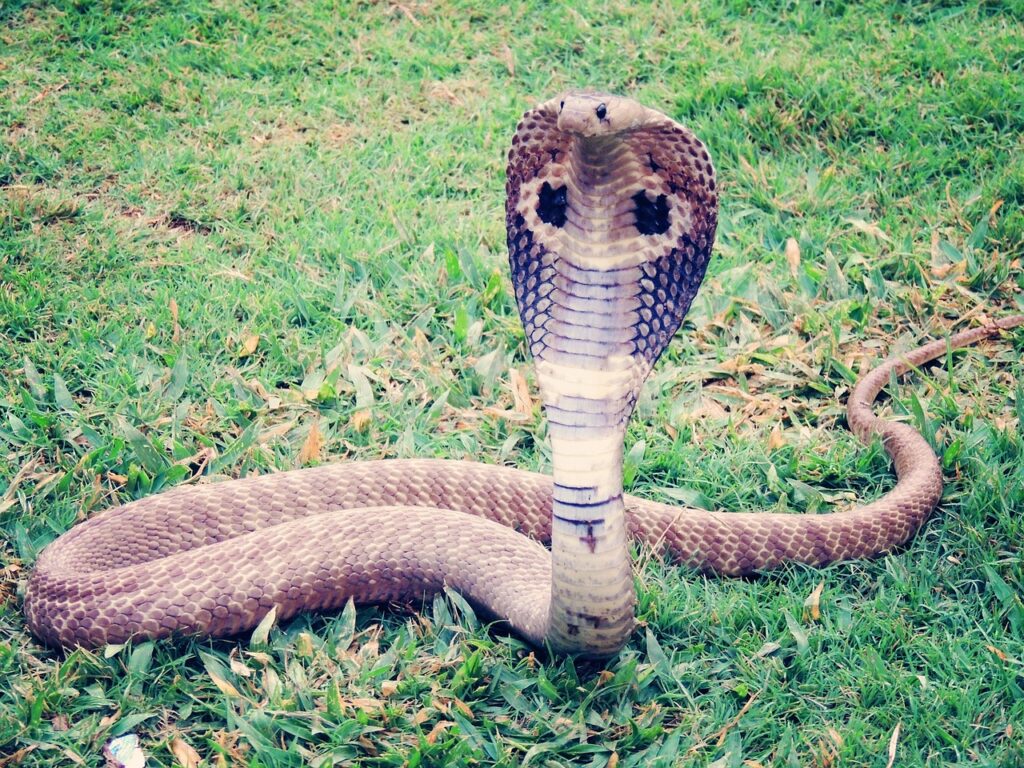
The king cobra stands in a class of its own when it comes to size among venomous snakes. These magnificent reptiles regularly reach lengths of 13 to 15 feet (4 to 4.5 meters), with exceptional specimens growing to over 18 feet (5.5 meters). Despite their impressive length, they maintain a relatively slim build, typically weighing between 13 to 20 pounds (6 to 9 kilograms). Their size advantage serves multiple purposes—allowing them to outreach potential threats when displaying their intimidating hood, giving them the strength to overpower other large snakes, and enabling them to inject substantial amounts of venom with their half-inch fangs. This commanding physical presence contributes significantly to their status as apex predators within their forest habitats.
Geographical Distribution and Preferred Habitats
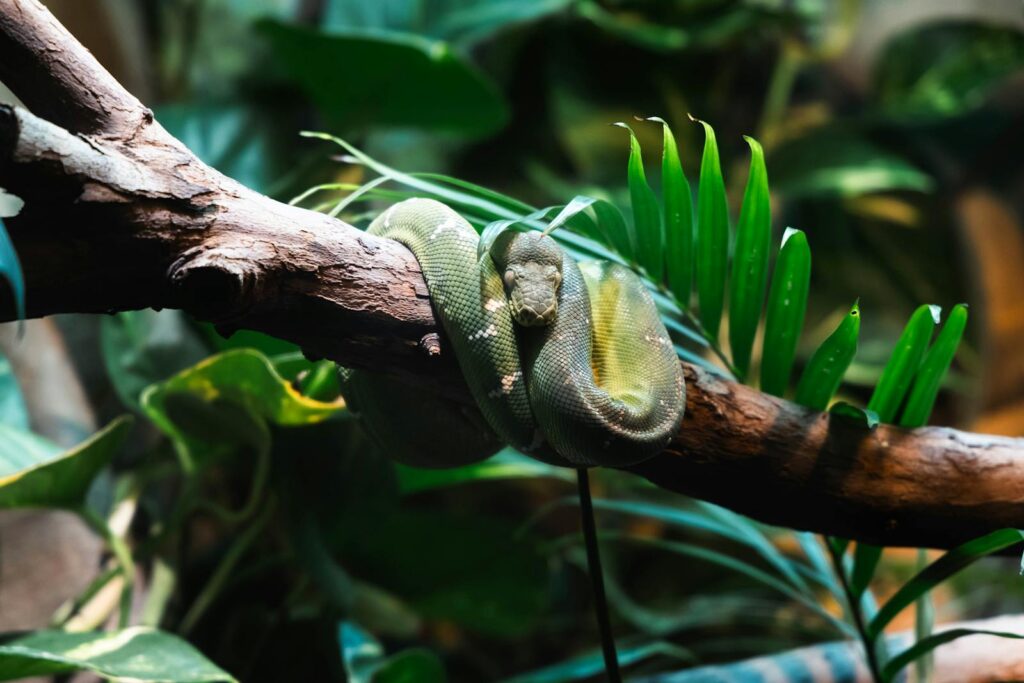
King cobras inhabit a broad geographical range across South and Southeast Asia, from India and southern China through the Philippines and Indonesia. These adaptable serpents thrive in diverse environments, including dense forests, bamboo thickets, mangrove swamps, and occasionally agricultural areas adjacent to woodlands. They show a particular preference for areas with abundant water sources and thick vegetation that supports their prey species. Although historically found across much of southern Asia, habitat fragmentation and human encroachment have restricted their distribution in recent decades. King cobras typically avoid heavily populated areas but may venture near human settlements when following prey or seeking nesting sites, creating occasional but concerning human-snake encounters.
The Science Behind Ophiophagy: Specializing in Snake Hunting
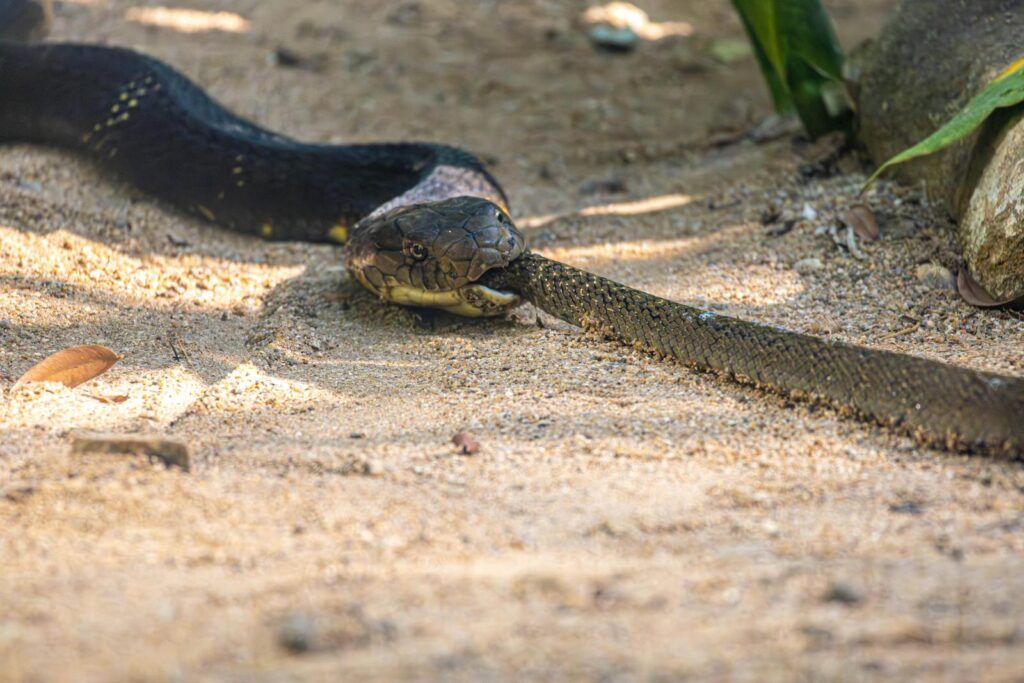
Ophiophagy—the specialized dietary adaptation of eating other snakes—sets the king cobra apart from most other serpents. This evolutionary specialization allows king cobras to exploit an ecological niche with reduced competition from other predators. Their ophiophagous diet includes various snake species, from harmless rat snakes to potentially dangerous vipers and even smaller cobras, making them true snake-eating specialists. The king cobra’s hunting adaptations include enhanced visual acuity to track serpentine movement patterns and specialized venom composition that rapidly immobilizes reptilian prey. Their digestive system has also evolved to efficiently process the unique proteins and scales found in snake bodies. This dietary specialization may have contributed to their evolution of larger size and more sophisticated hunting behaviors compared to other elapid snakes.
Venom Composition and Lethal Potential

The king cobra’s venom represents one of nature’s most sophisticated biochemical weapons, primarily composed of neurotoxins that target the victim’s central nervous system. Unlike many other snake venoms that focus on tissue destruction, king cobra venom delivers a potent neurotoxic cocktail that rapidly shuts down nerve-to-muscle communication, leading to respiratory failure and paralysis. A single bite can deliver 7 milliliters of venom—enough to kill 20 adult humans or take down an elephant. The venom contains unique components like long-chain neurotoxins and cytotoxins specifically evolved to immobilize cold-blooded prey quickly. Interestingly, research has identified compounds in king cobra venom with potential pharmaceutical applications, including pain management treatments and anti-cancer properties, making this lethal substance valuable for medical research despite its deadly reputation.
Hunting Techniques and Predatory Behavior

King cobras employ sophisticated hunting strategies that showcase their intelligence and physical capabilities. Unlike ambush predators, they actively track prey using their acute sense of smell and remarkable vision, following scent trails left by other snakes across the forest floor. When approaching potential prey, they move with deliberate stealth, raising their head off the ground to gain a better vantage point while scanning for movement. The actual strike is executed with explosive speed and precision, targeting the prey’s neck or head region to deliver a lethal dose of venom. After envenomation, the king cobra will typically maintain a safe distance while tracking the prey until the venom takes effect, sometimes following a dying snake for hundreds of meters before consuming it. This strategic patience distinguishes them from constricting snakes and demonstrates their advanced hunting adaptations.
The Iconic Hood Display and Defensive Behaviors
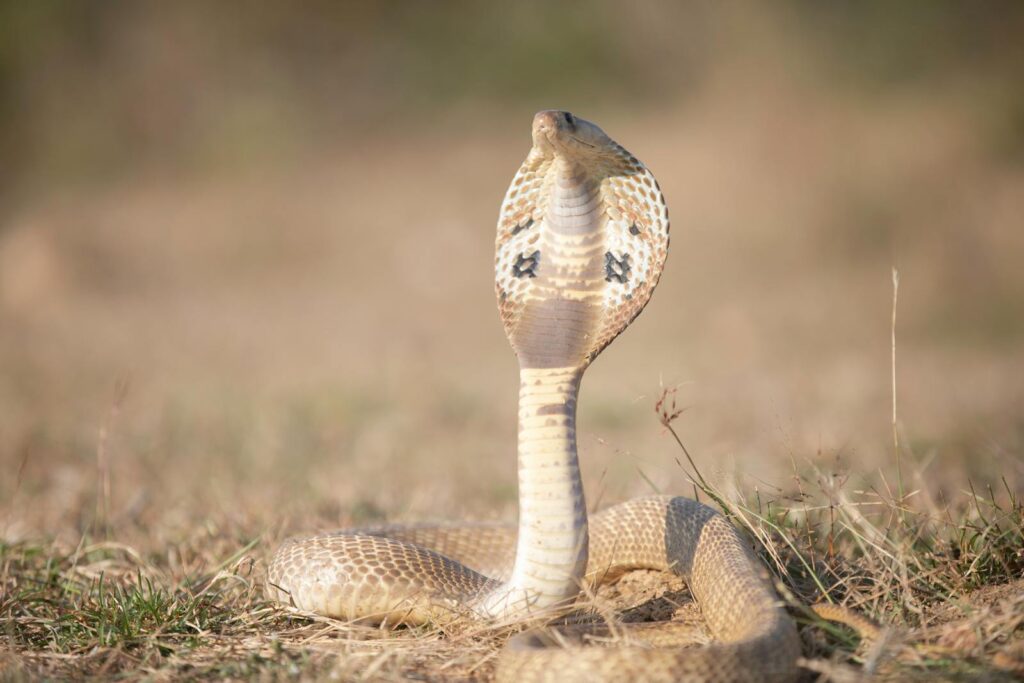
The king cobra’s defensive display ranks among the most dramatic and intimidating in the animal kingdom. When threatened, they can raise up to one-third of their body length vertically off the ground, expanding their distinctive hood by spreading their cervical ribs. This posture creates a larger, more imposing silhouette while positioning the head for a potential defensive strike. The display is frequently accompanied by a bone-chilling hiss that sounds deeper and more forceful than that of other snakes—sometimes described as a growling sound that can be heard from significant distances. Beyond visual intimidation, king cobras demonstrate remarkable accuracy when delivering defensive strikes, able to target specific threat points rather than striking randomly. Despite their fearsome reputation, king cobras typically employ these defensive displays as warnings, preferring to escape confrontation when possible rather than engaging in unnecessary conflict.
Reproductive Behavior and Parental Care
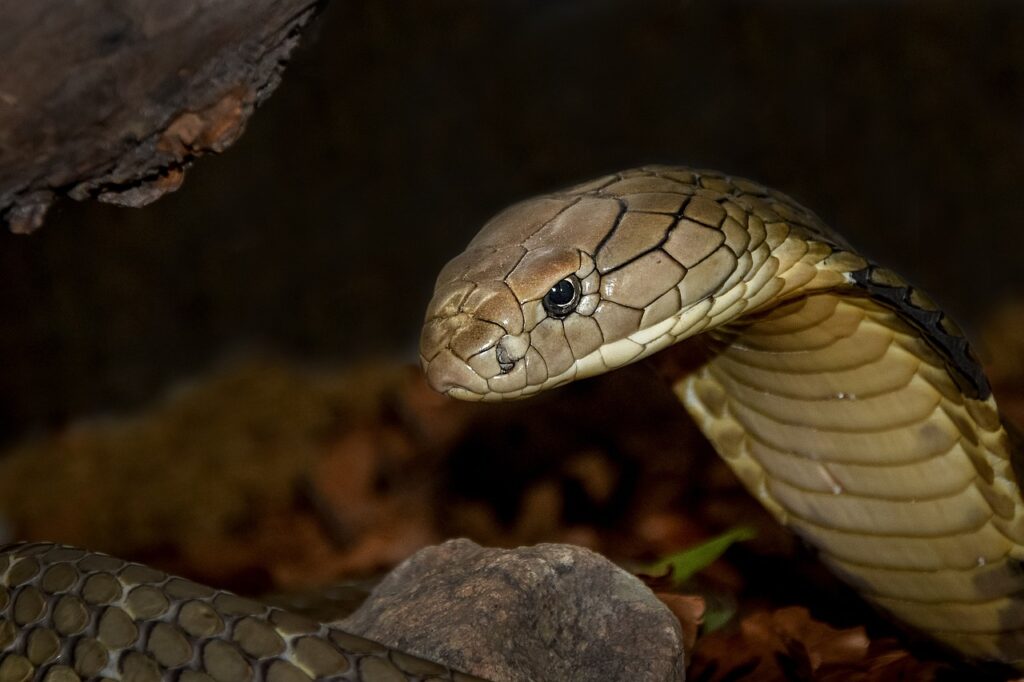
King cobras exhibit exceptional reproductive behaviors that separate them from most other snake species, particularly regarding parental investment. During the breeding season, males engage in ritualistic combat, intertwining their bodies while attempting to pin their opponent’s head to the ground—a competition of strength rather than a venomous battle. After mating, the female demonstrates remarkable maternal behavior by constructing a nest from gathered vegetation, creating a mound that can measure up to two feet high and wide. She deposits 20-40 eggs within this structure, then remains coiled atop or near the nest for the entire 60-90 day incubation period, defending it against potential predators and regulating temperature by adjusting her position. This extended parental care is extremely rare among snakes and represents one of the few examples of maternal protection in the reptile world.
The King Cobra’s Role in Traditional Culture
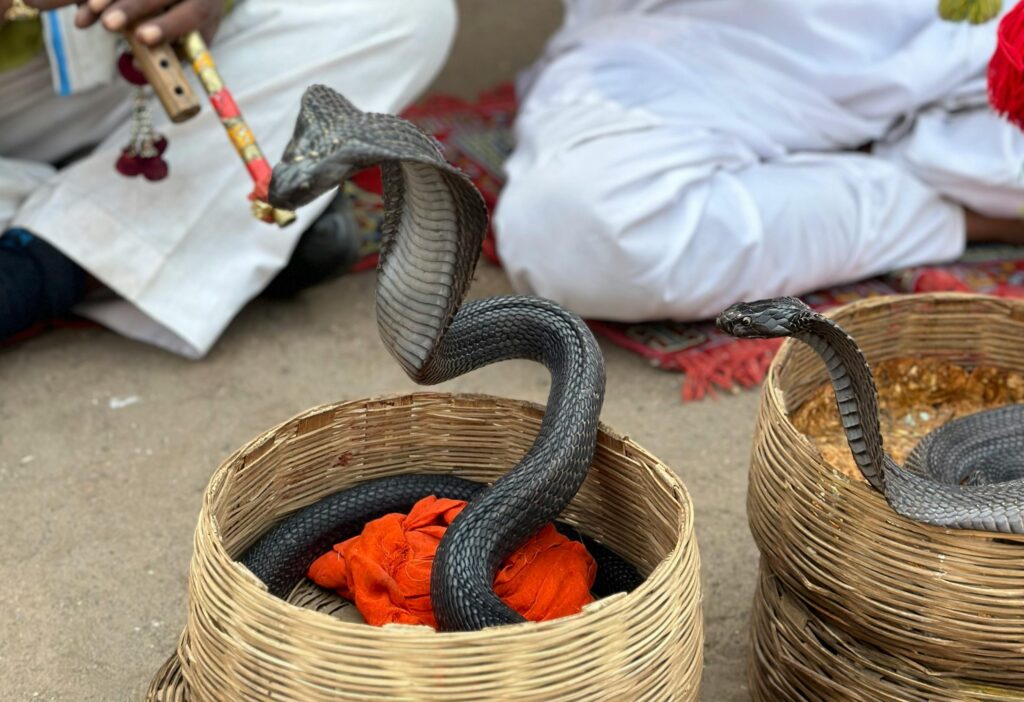
Across their native range, king cobras have secured a prominent place in cultural mythology, religious symbolism, and traditional medicine. In Hindu tradition, these serpents are associated with Lord Shiva and Vishnu, often depicted as divine protectors with connections to fertility and rebirth. Throughout Southeast Asia, particularly in Thailand and Myanmar, king cobras feature prominently in folklore as powerful spirits or transformed ancestors. The annual King Cobra Festival in Thailand celebrates these snakes with ritualized snake handling demonstrations that highlight the complex relationship between humans and these feared yet revered reptiles. In traditional Chinese medicine, various king cobra parts have historically been used to treat ailments ranging from arthritis to respiratory conditions, though this practice has contributed to population declines in certain regions. This cultural significance often creates conservation challenges as traditional beliefs sometimes conflict with protection efforts.
Ecological Significance as Apex Predators
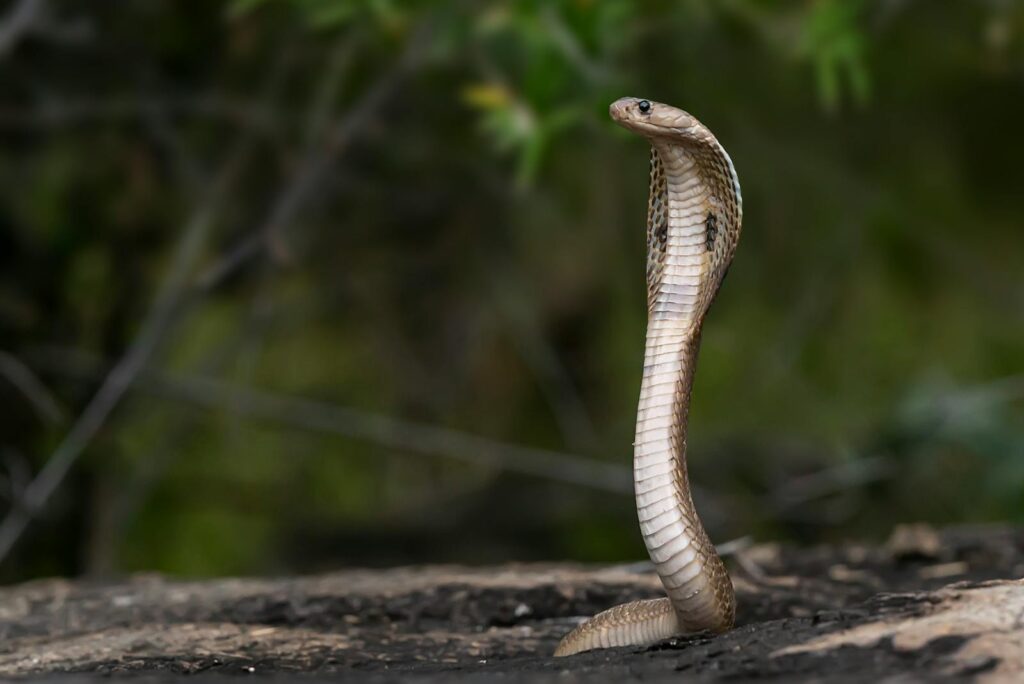
As apex predators specializing in controlling other snake populations, king cobras fulfill a crucial ecological role within their forest ecosystems. By regulating the numbers of both venomous and non-venomous snakes, they help maintain balance within complex food webs, preventing population explosions of middle-order predators. Their presence indicates a healthy, functioning ecosystem with intact predator-prey relationships. Research suggests that king cobra territories influence the behavior and distribution of other snake species, creating what ecologists call a “landscape of fear” that affects entire reptile communities. Additionally, their nesting behavior, which includes gathering and decomposing vegetation, contributes to nutrient cycling within forest ecosystems. As key components of biodiversity, the decline of king cobra populations can trigger ripple effects throughout their habitats, potentially leading to ecological imbalances that affect numerous other species.
Conservation Status and Threats to Survival
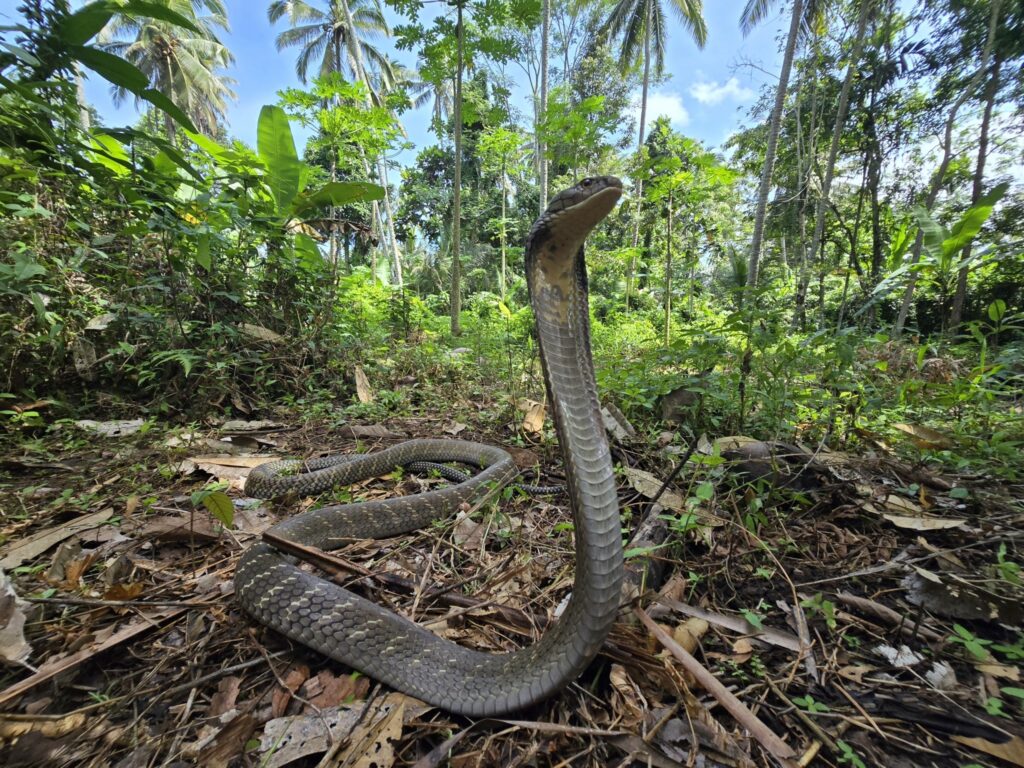
The king cobra faces mounting threats across its range, leading to its classification as “Vulnerable” on the IUCN Red List of Threatened Species. Habitat destruction through deforestation and agricultural expansion represents the most severe challenge, fragmenting populations and reducing viable hunting territories. Deliberate persecution due to fear and misunderstanding results in countless king cobras being killed when encountered, despite their general tendency to avoid human contact. The illegal wildlife trade targets these impressive reptiles for their skin, meat, and medicinal use in traditional practices, while the live animal trade supplies exotic pet markets despite the dangers and specialized care requirements. Climate change introduces additional stressors, potentially altering prey availability and suitable habitat conditions. Conservation organizations have implemented various protection strategies, including habitat preservation initiatives, anti-poaching patrols, and educational programs aimed at dispelling myths about these misunderstood predators.
Snake-to-Human Encounters and Bite Statistics
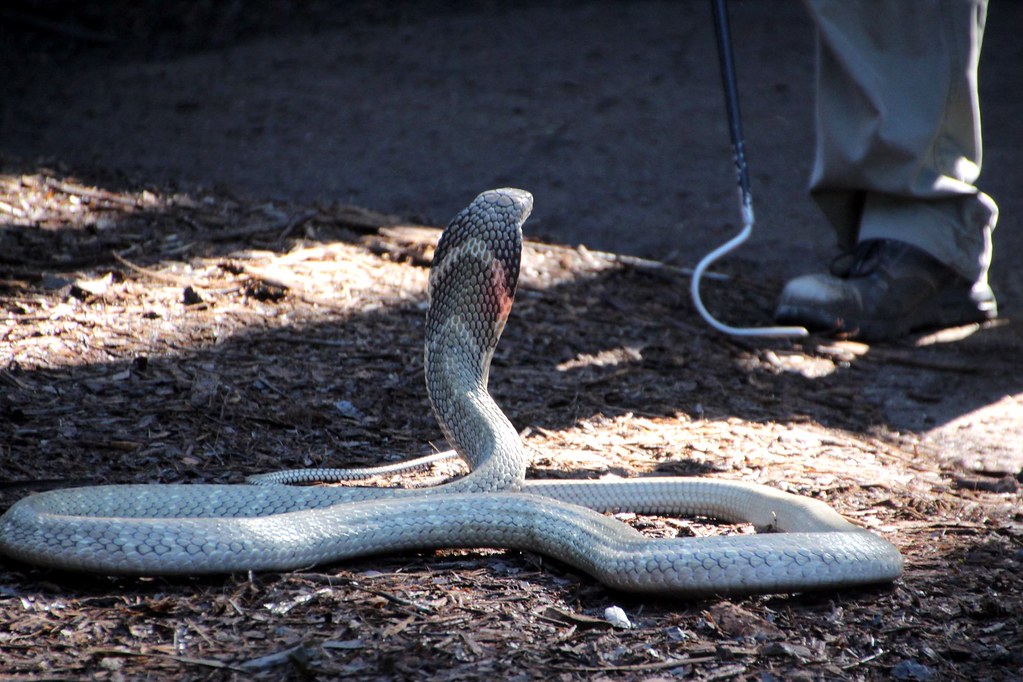
Despite their fearsome reputation, king cobra bites on humans remain relatively rare compared to other venomous snakes that live in closer proximity to human settlements. When encounters do occur, king cobras typically attempt to escape rather than confront humans, using their defensive displays primarily as warning signals rather than precursors to attack. Statistical analysis from medical facilities across Southeast Asia suggests that king cobra envenomations account for less than 5% of recorded venomous snakebites in regions where they occur. The mortality rate from untreated king cobra bites, however, remains significantly higher than many other species, with death potentially occurring within 30 minutes in severe cases without antivenom treatment. Most documented bites involve snake handlers, forest workers, or agricultural laborers who inadvertently disturb these serpents rather than unprovoked attacks, reinforcing that these formidable predators generally avoid human confrontation when given the opportunity.
Intelligence and Learning Capabilities
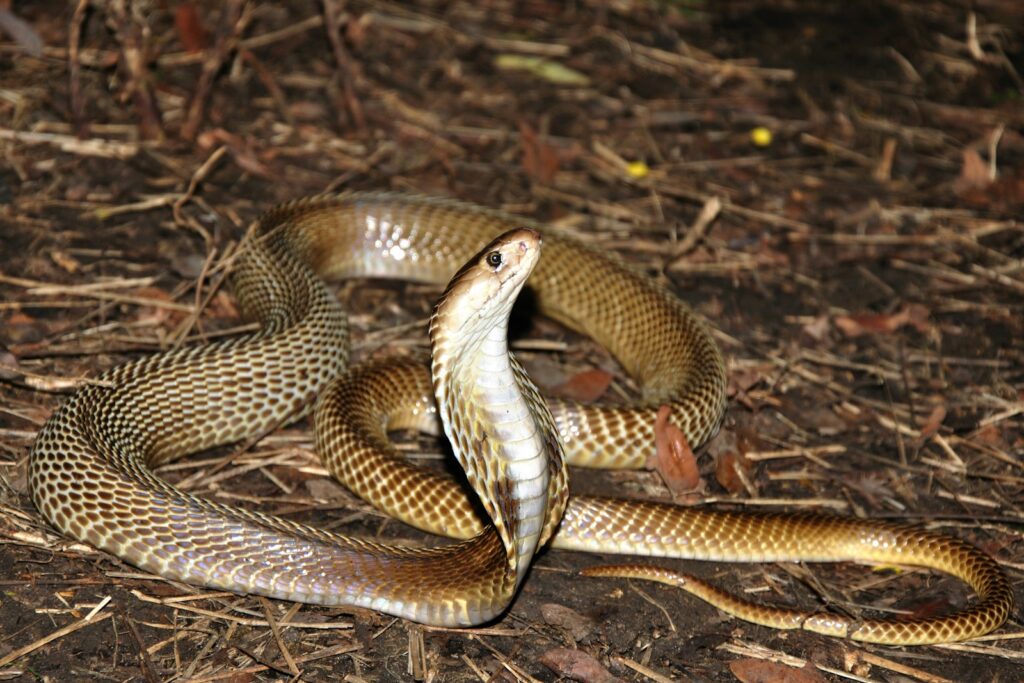
Emerging research suggests that king cobras possess cognitive abilities that exceed typical reptilian intelligence, demonstrating problem-solving skills and environmental awareness that challenge conventional understanding of snake cognition. Studies conducted with captive specimens have documented complex spatial memory, with individuals remembering specific feeding locations and optimizing hunting routes through their enclosures. Their hunting strategies show remarkable adaptability, with documented cases of king cobras modifying their approach based on previous experiences with particular prey species. Keepers at specialized facilities report that these snakes appear to recognize specific human handlers and adjust their defensive responses accordingly—becoming less reactive to familiar individuals while maintaining vigilance with strangers. These observations align with their complex natural behaviors, including their sophisticated nest-building and parental care, suggesting that king cobras possess higher cognitive functions than previously attributed to serpents.
Captive Management and Educational Value
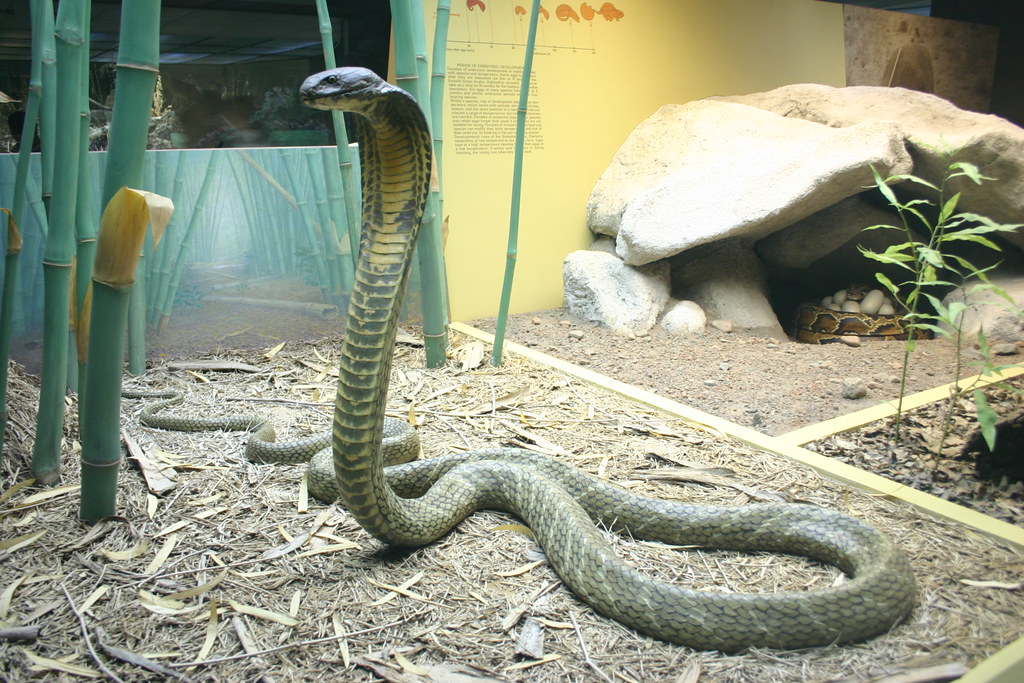
The management of king cobras in captivity presents extraordinary challenges that limit their presence to specialized zoological institutions with highly trained staff. Their housing requirements demand secure enclosures with significant vertical space to accommodate their impressive size and natural behaviors, along with complex environmental enrichment to prevent stress and promote natural hunting patterns. Only the most experienced herpetologists undertake their care, implementing strict safety protocols including double-door entry systems, specialized snake hooks, and transparent barriers for public viewing areas. Despite these challenges, properly managed king cobra exhibitions provide invaluable educational opportunities, allowing the public to appreciate these misunderstood predators from a safe distance. Many conservation-focused zoos use these charismatic serpents as ambassadors for broader reptile conservation messaging, helping transform public fear into respect and understanding for these remarkable apex predators and their crucial ecological role.
The king cobra remains one of nature’s most perfectly evolved predators—a specialized hunter with the unique ability to dominate other dangerous snakes within its ecosystem. From its impressive defensive displays to its sophisticated hunting strategies and rare parental behaviors, this serpent demonstrates evolutionary adaptations that have secured its position at the top of the reptilian food chain for millions of years. As human activities increasingly threaten their habitats and existence, understanding and appreciating these magnificent creatures becomes essential to ensuring their survival. The king cobra stands as a powerful reminder of nature’s complexity—a creature deserving of our respect, protection, and continued scientific curiosity despite the instinctive fear it often evokes.

